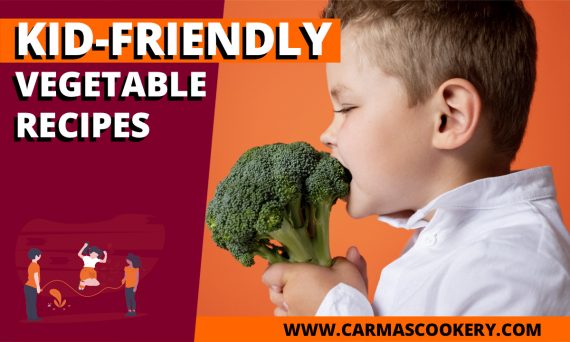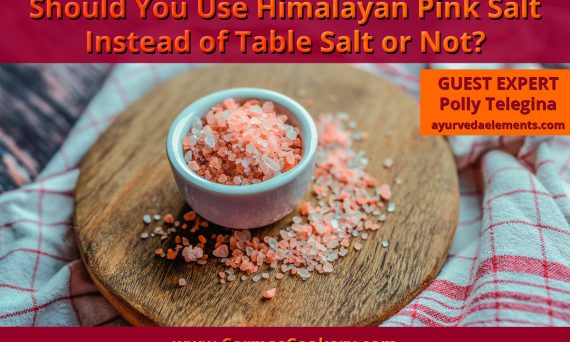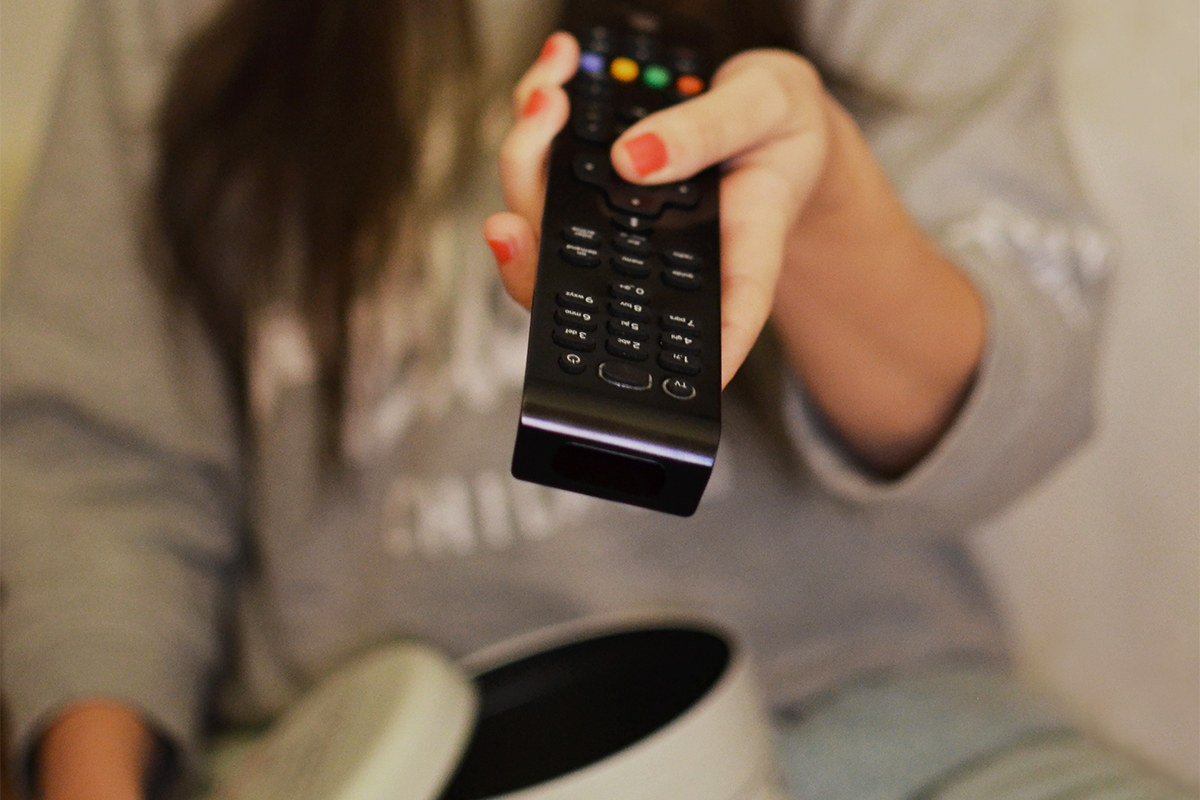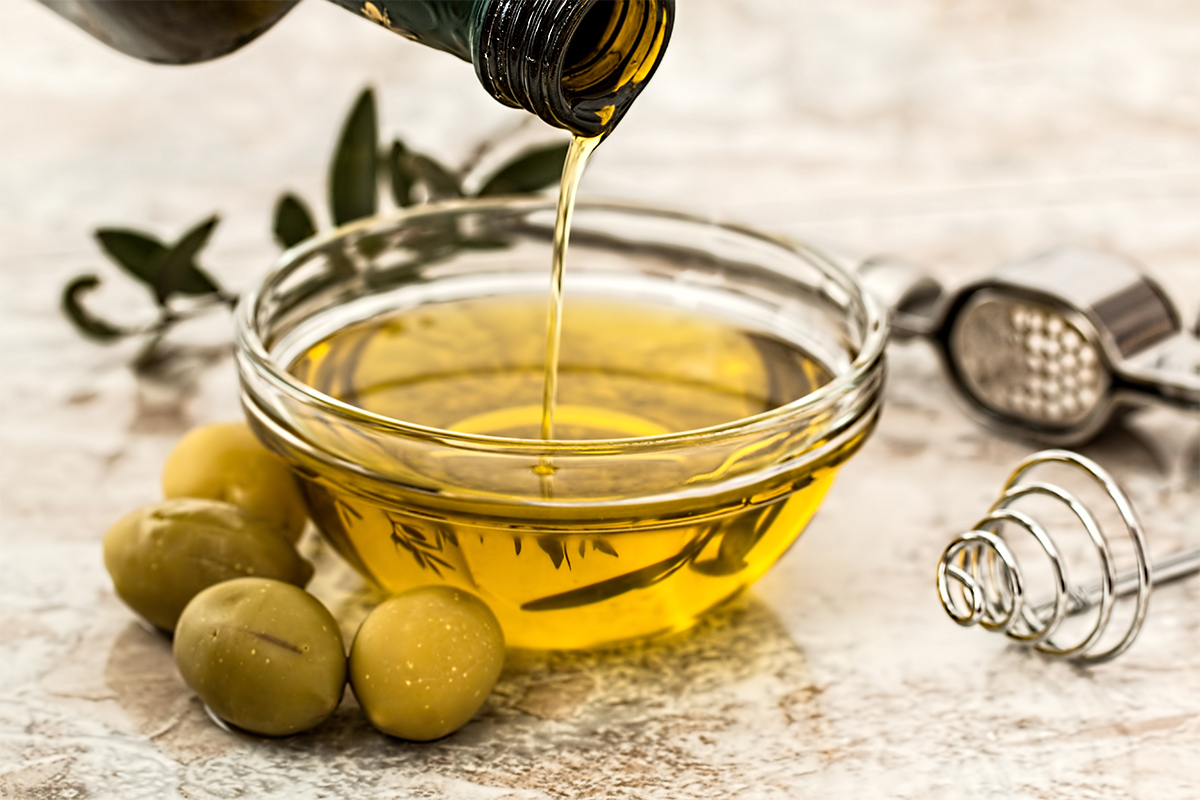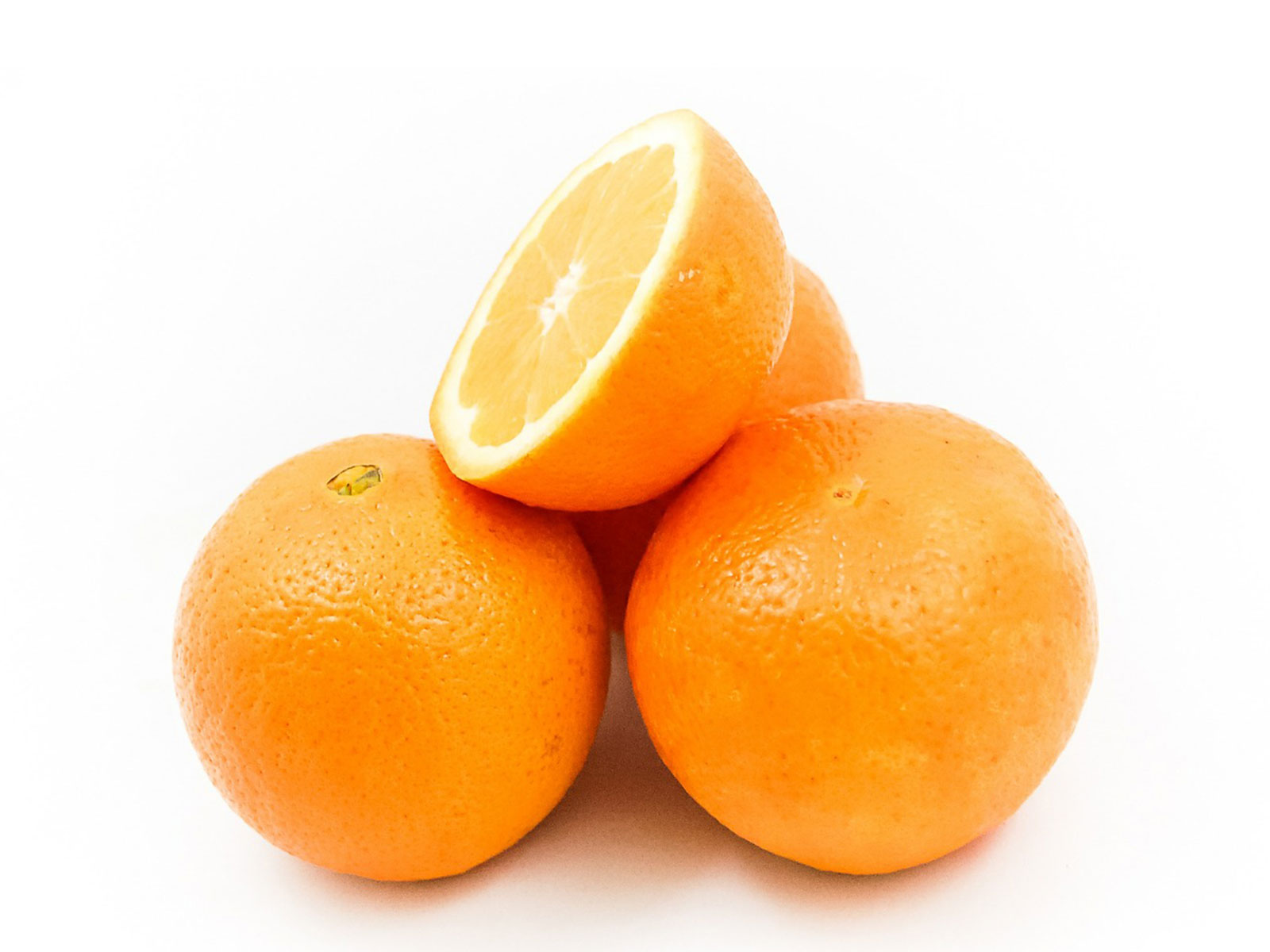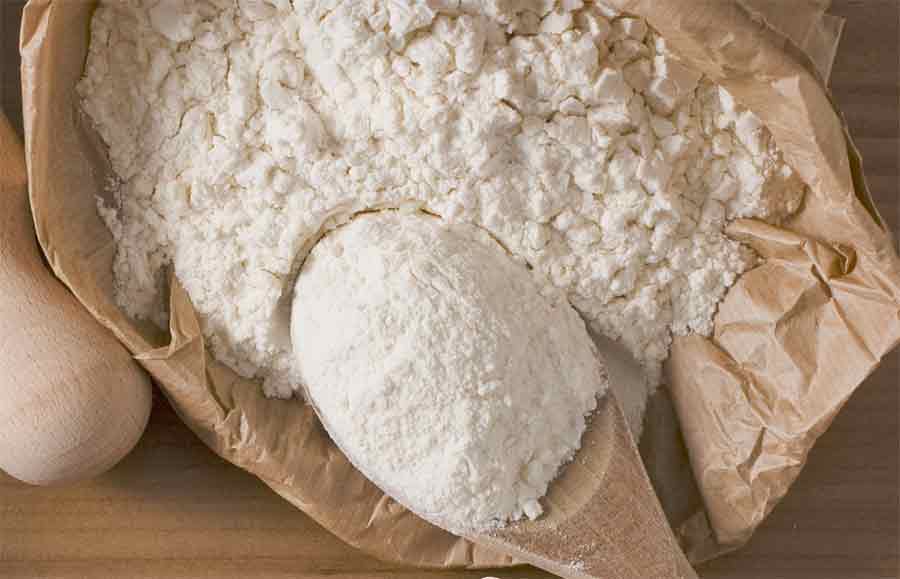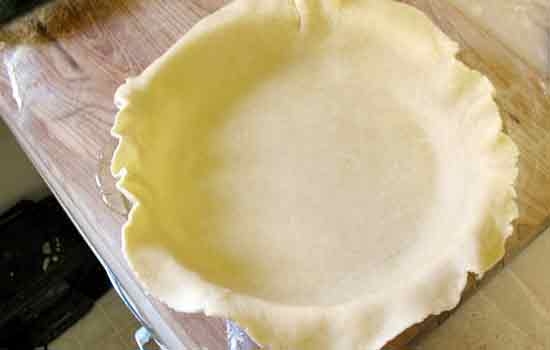Kid-Friendly Vegetable Recipes
GUEST POST: Looking for creative ways to cook and present your vegetable dishes so that your kids will actually eat them? Here are some unique vegetable recipes that will surely unleash your kitchen creativity, brought to you by Bella Cupcake Couture.


